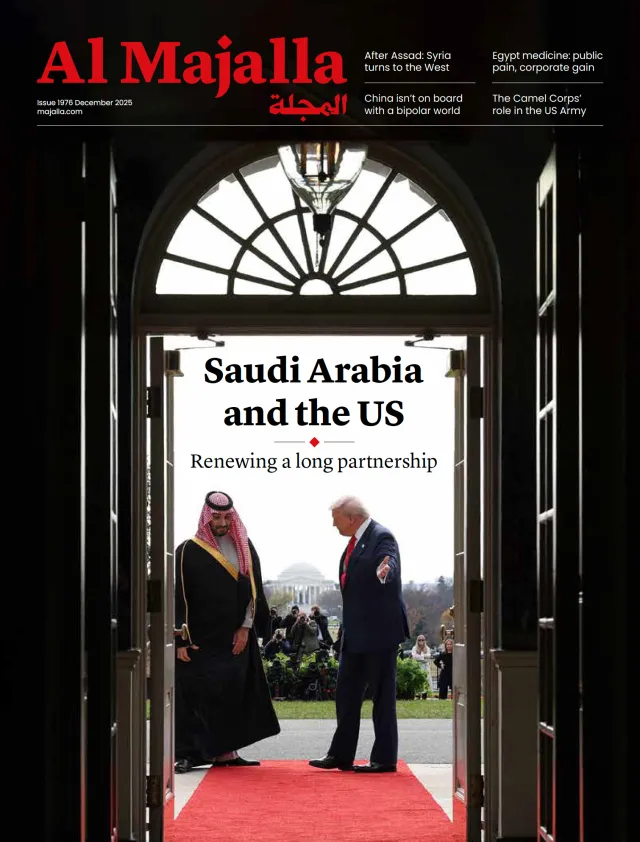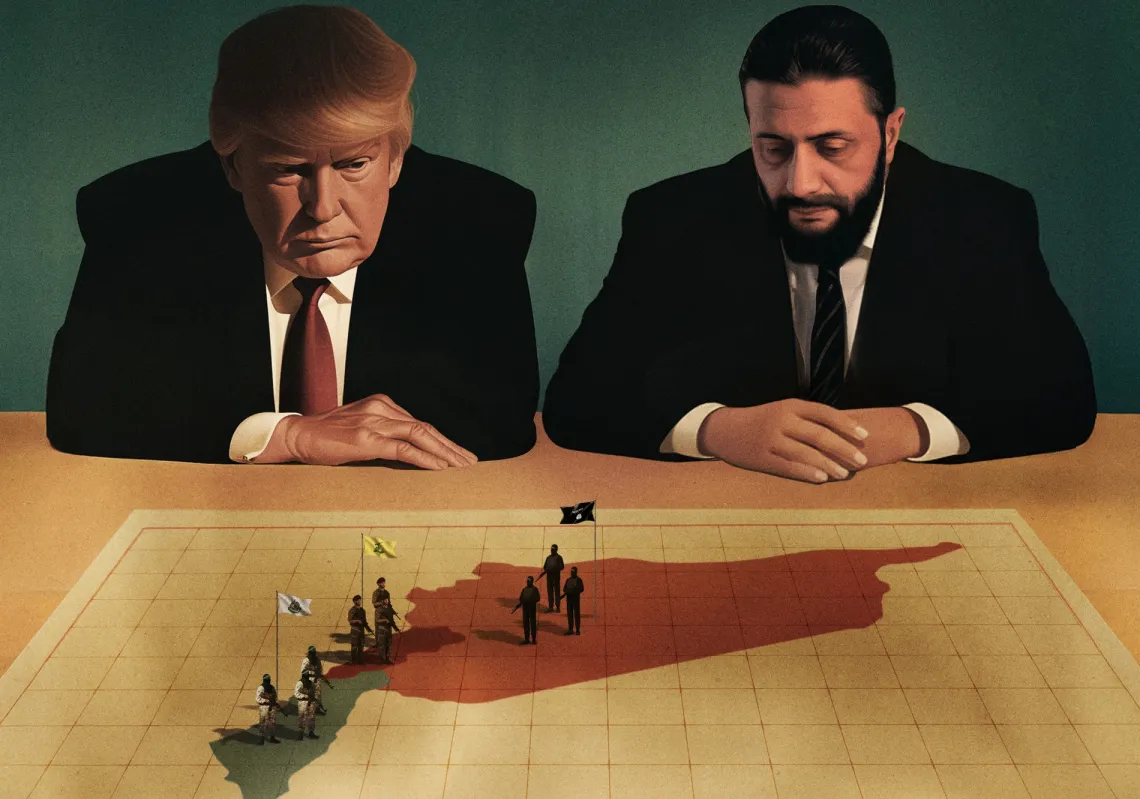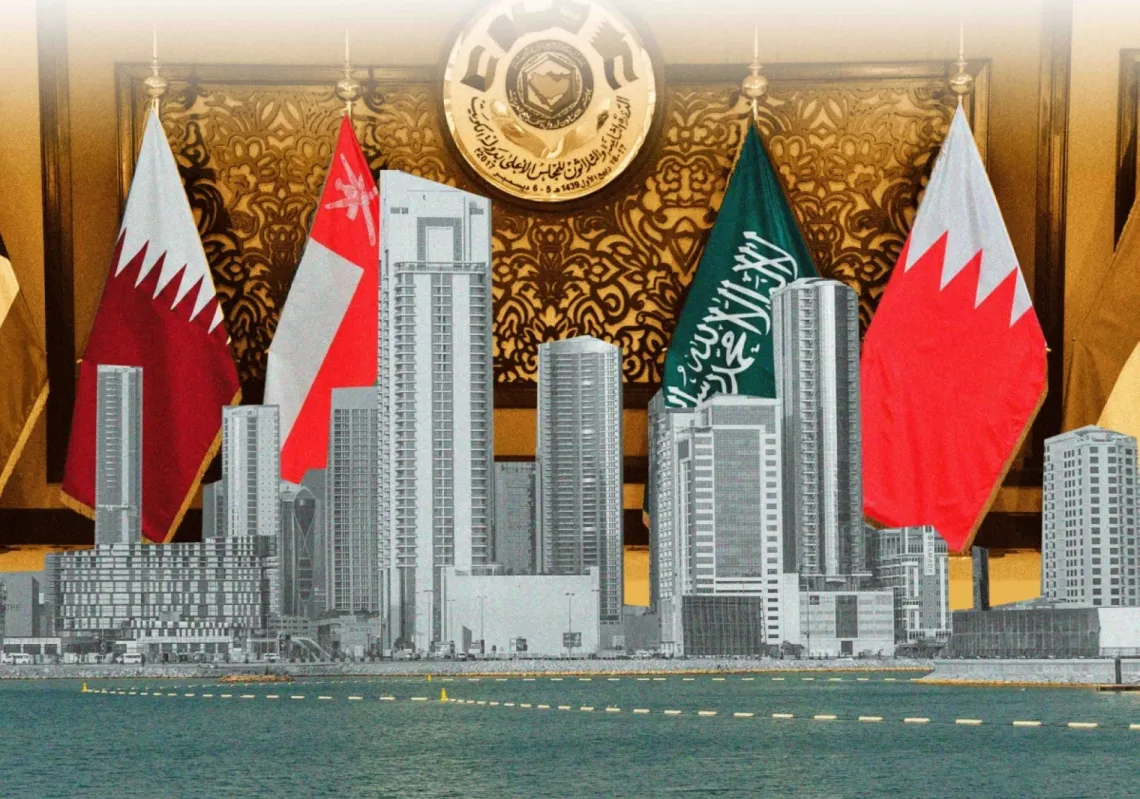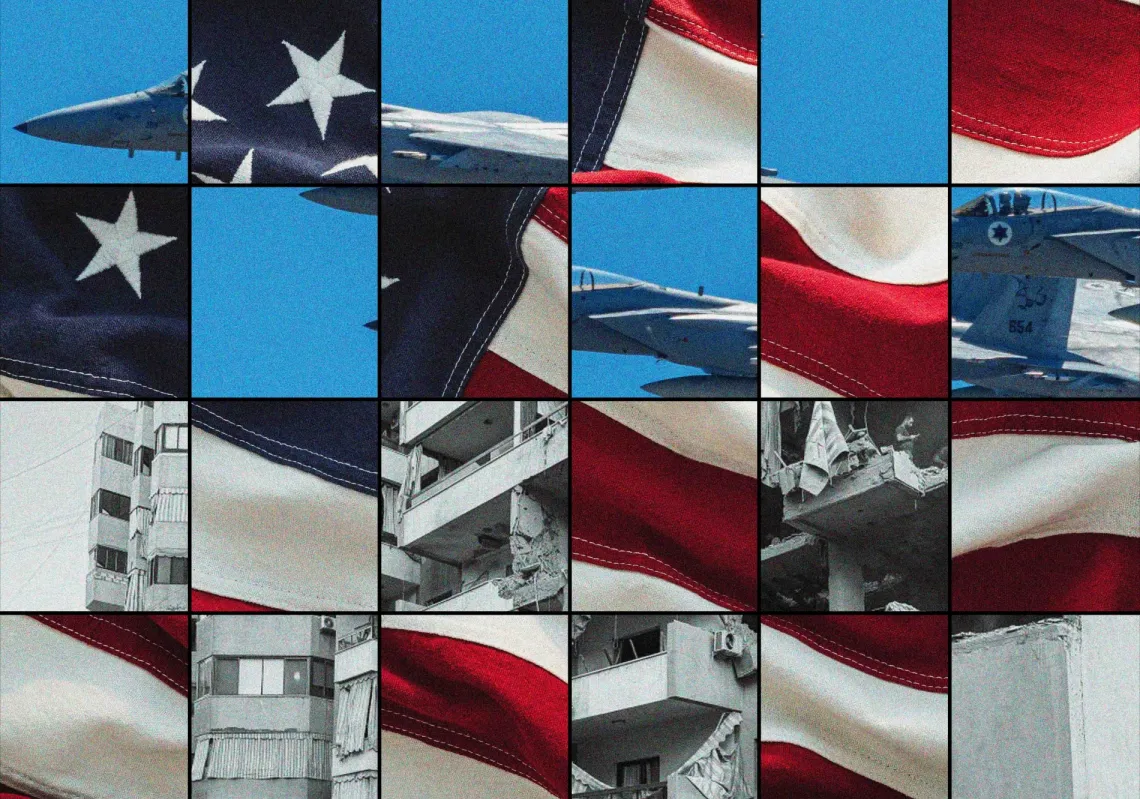The Syrian government has commenced a strategic initiative to integrate thousands of foreign fighters into the Ministry of Defence through a newly established military unit, expected to be designated the 84th Division.
It follows extensive negotiations with Arab and Western nations (including the US) on the future of these combatants, many of whom once operated under Hay’at Tahrir al-Sham (HTS), the Idlib-based organisation that led the push to oust the regime of former Syrian leader Bashar al-Assad in November and December of last year.
These fighters have since demonstrated discipline and alignment with both HTS’s former structure and the Syrian state, so Washington has endorsed the plan, US envoy Thomas Barrack recently telling Reuters that “there is understanding and transparency”. He described them as “deeply committed” to the current Syrian government and said their incorporation within the state’s framework was preferable to their marginalisation.
Mixed reception
The issue of foreign fighters is complex and divisive both domestically and internationally, and the proposal to integrate them into the Ministry of Defence sparked intense debate. Some Syrians are supportive, others are highly sceptical.
Central to this transitional policy is the significant contingent of Uyghur fighters from East Turkestan in Western China. These fighters represent over 90% of the Turkistan Islamic Party (TIP) in Syria and have been positioned in some of the most volatile and strategically sensitive regions of Idlib province and the coastal areas.
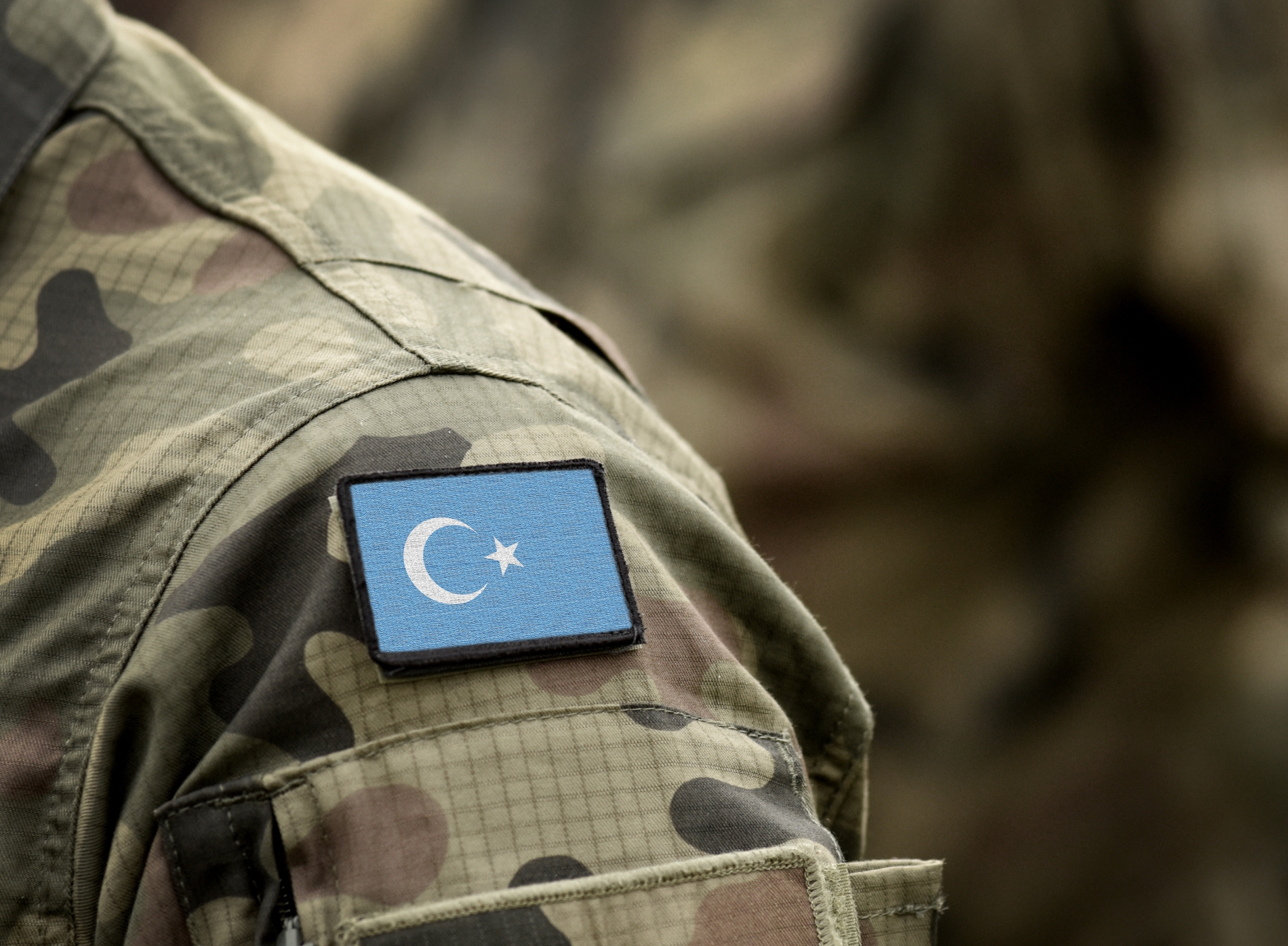
According to sources, Damascus has engaged in prolonged negotiations with Washington, arguing that the carefully vetted fighters’ integration into the new national military was necessary to prevent further conflict, offering explicit guarantees that they would not participate in destabilising activities or cross-border operations. The US previously demanded that the foreign fighters be excluded from senior positions, and it remains unclear whether these demands have been quietly dropped.
Chinese arrivals
Uyghur fighters who once aligned with HTS in Idlib began arriving in Syria from China in 2013 to oppose the Assad regime. They established the TIP in Syria between 2014 and 15. This group shares its name and ideological roots with its affiliate in Afghanistan, which similarly relies on Uyghur combatants as its core force. In October 2020, Washington removed the TIP in Afghanistan from its list of designated terrorist organisations.
Unofficial estimates suggest the number of Uyghur fighters once stood at around 3,500, but current estimates put it at less than 3,000, owing to significant losses in battle. Most Uyghur fighters are based in Idlib and on the fringes of Latakia. As HTS began consolidating its military and administrative control in Idlib, the TIP aligned itself, emerging as a strategic partner.
The Uyghurs fought against Syrian regime forces and Iranian-backed militias in some of the most critical conflict zones. On the Jisr al-Shughur front, they were called "the first line of defence," earning a reputation for resilience in combat. Reports of coordination between the TIP's Syrian and Afghan branches have been consistently denied. They have stayed out of internal conflicts and refrained from clashing with other factions.

